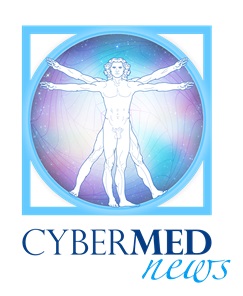 Share on Facebook
Share on Facebook
The 2016 annual report on the work of the Rapid Alert System for Food and Feed (RASFF) has been published. The 2016 report introduces Sankey charts and country fact sheets, giving a deeper insight in the data on the activity of RASFF in 2016.
Activity in RASFF in 2016 was at a higher level than ever before. Compared to 2015, the number of alerts rose by 9% to 847 and alert follow-ups by 16% to 4666; while the total number of exchanges through RASFF was well above 10 000.
Many RASFF notifications are not alerts. Only notifications that require rapid action by another member country qualify for alerts, reporting on issues that may present a serious health risks in food, feed or food contact materials that are circulating within the EU. The most straight-forward notifications are the rejections at the EU border, reported in the RASFF mainly for the purpose of blocking the re-entry of a refused consignment, setting up reinforced controls and informing the non-EU country of origin. They primarily concern the presence of Salmonella or pesticide residues in vegetables and fruits, and aflatoxins in nuts.
As the investigative methods and analytical capacity continue to improve, more multi-country foodborne outbreaks, with illnesses in more than one country linked to the same source, are discovered each year. The 2016 RASFF annual report details how the RASFF was used together with other tools to enable cooperation across food safety and health authorities on these complex investigations.



